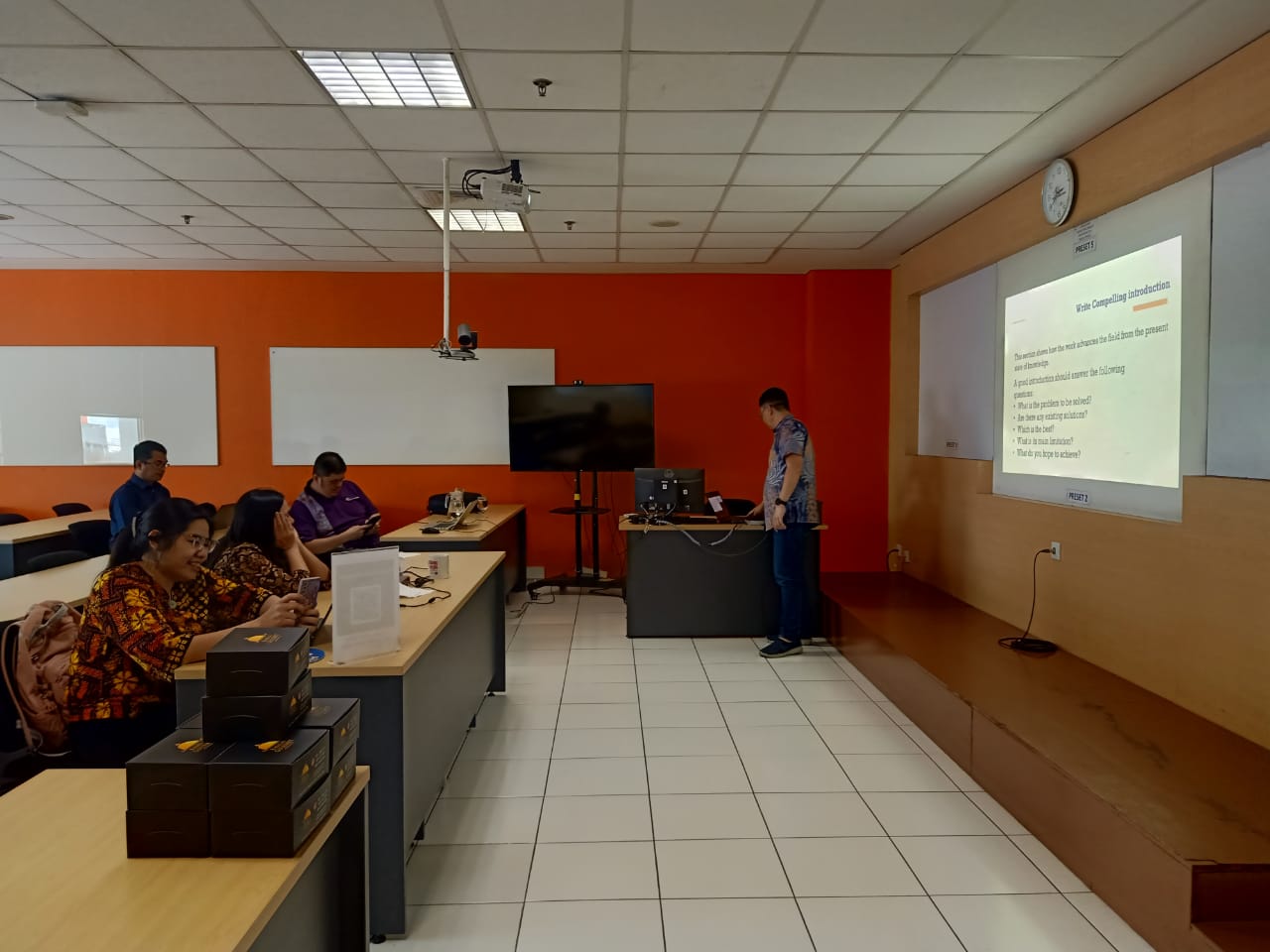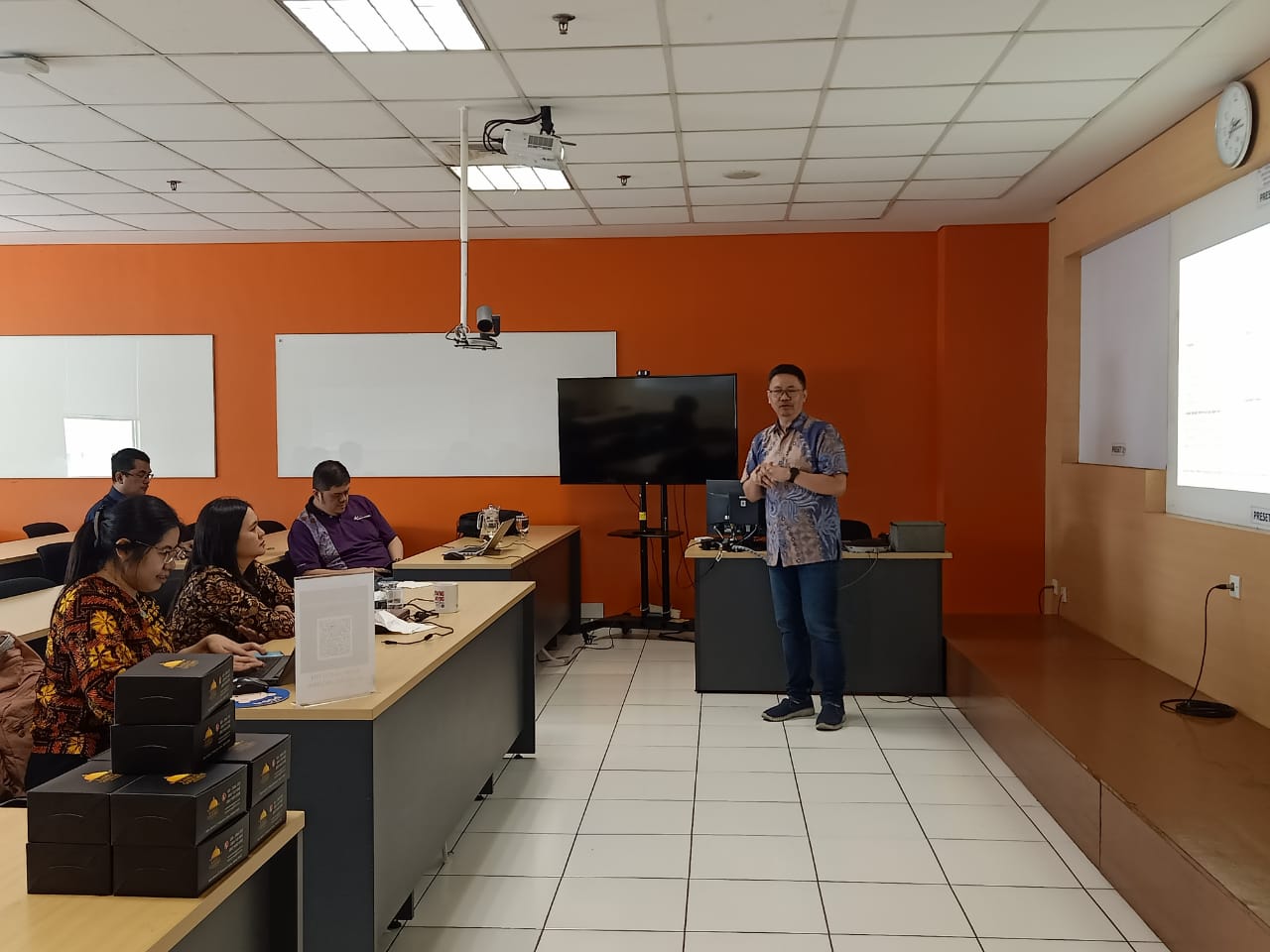Converting Theses or Dissertation into Journal Articles with Dr. Prio Utomo

In a recent workshop, Dr. Prio Utomo shared valuable insights on the process of converting a dissertation or thesis into a journal article. His expert advice shed light on essential strategies and steps researchers must take to ensure their hard work is transformed into publishable content that reaches a wider academic audience.
Understanding the Differences Between a Dissertation and a Journal Article
Dr. Utomo began by emphasizing the crucial differences between a dissertation and a journal article. He explained that a dissertation is typically comprehensive, often several hundred pages long, designed for an academic committee. In contrast, a journal article is concise, usually between 4,000 to 8,000 words, and targeted at a broader audience of busy researchers and practitioners. Dissertation delves deep into multiple research questions and includes extensive literature reviews and methodologies, a journal article should focus on a single research question or finding. There are things that authors need to know, which are:
Selecting the Right Journal
“Choosing the right journal is critical,” Dr. Utomo noted, adding that you need to ensure the journal aligns with your research. He advised participants to consider the journal’s scope, impact factor, and audience.
Rewriting & Restructuring for a Journal Format and Reducing Redundancy & Trimming Content
Dr. Utomo shared his approach to restructuring a dissertation into a journal article, whereby a dissertation often tackles several questions, but in a journal article, narrowing it down to one is key. Not only that, the literature review in journal article should set the context but be brief, focusing only on the most relevant studies. The methodology should cover the essentials without unnecessary technical details. One of the biggest challenges in this conversion process is cutting down the material. He recommended summarizing lengthy descriptions and avoiding redundant discussions to keep the article concise and to the point. Authors should avoid jargon and long, drawn-out explanations to effectively communicate your findings and keep readers engaged. He also reminded participants to adhere to the journal’s specific citation and formatting guidelines.

Refining the Abstract and Title
“The abstract and title are your first impressions, so they must be impactful,” Dr. Utomo explained. He suggested keeping the abstract clear and concise, providing an overview of the study’s objective, methodology, key findings, and significance. “As for the title,” he said, “make it specific, informative, and reflective of your article’s main contribution.”
Peer Review and Feedback
Dr. Utomo emphasized the importance of the peer review process, that it is an invaluable part of improving your article and researchers should be open to revisions and use the feedback to enhance the quality of their work, increasing its chances of being accepted for publication.
Avoiding Common Pitfalls
Throughout the workshop, Dr. Utomo highlighted common mistakes researchers make when converting dissertations into journal articles is trying to fit too much from the dissertation into one article. He suggested that if you have multiple findings, consider splitting the work into several articles. He also cautioned against failing to adapt the dissertation’s structure to the journal article format, and that authors should be flexible with your structure, focusing on flow, conciseness, and eliminating redundant sections.

Dr. Utomo concluded the session by reiterating that converting a dissertation into a journal article is a valuable opportunity to not only increases the likelihood of publication, but also ensuring the researcher’s hard work reaches a wider audience and contributes to the advancement of knowledge in their field.

